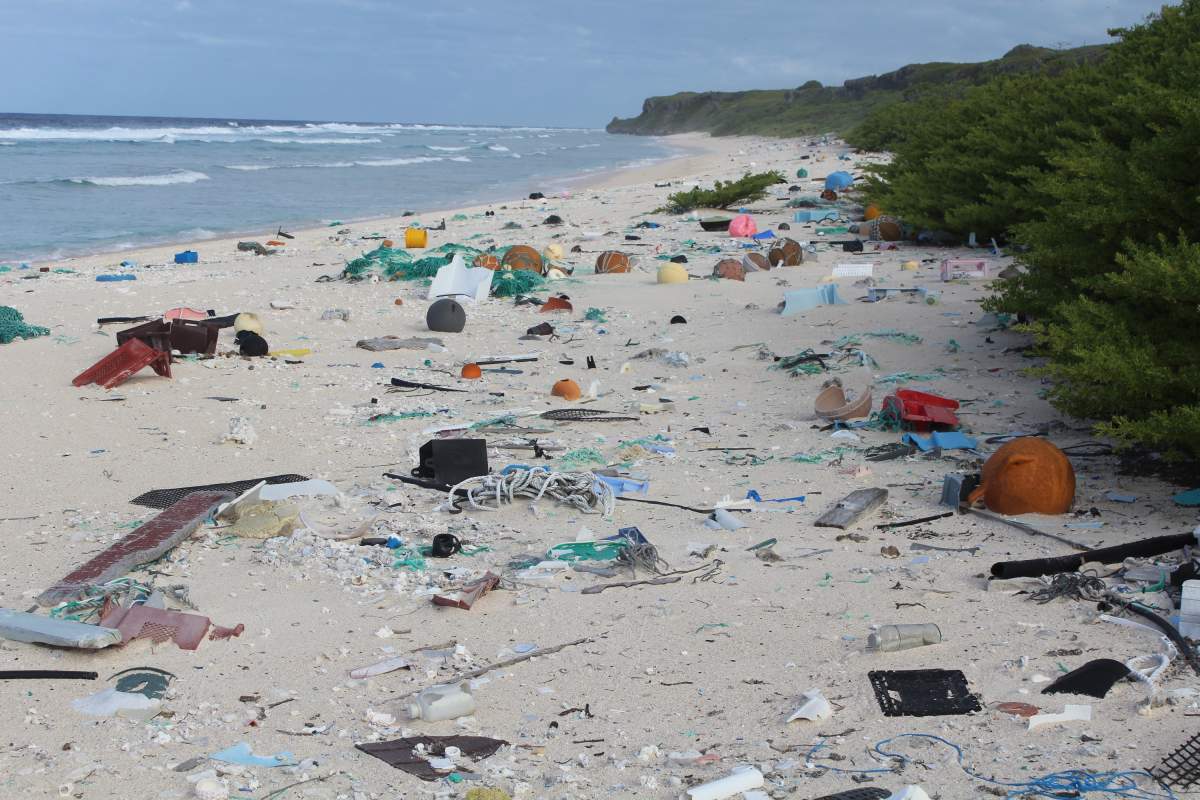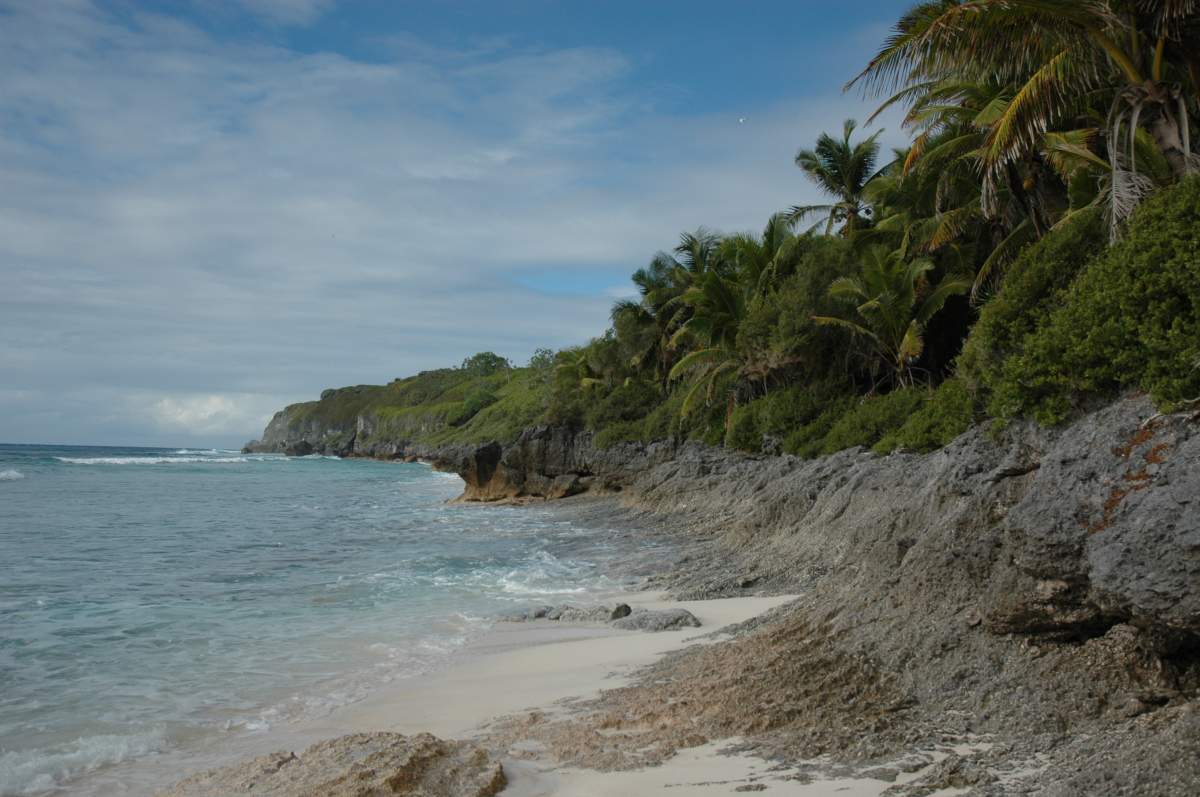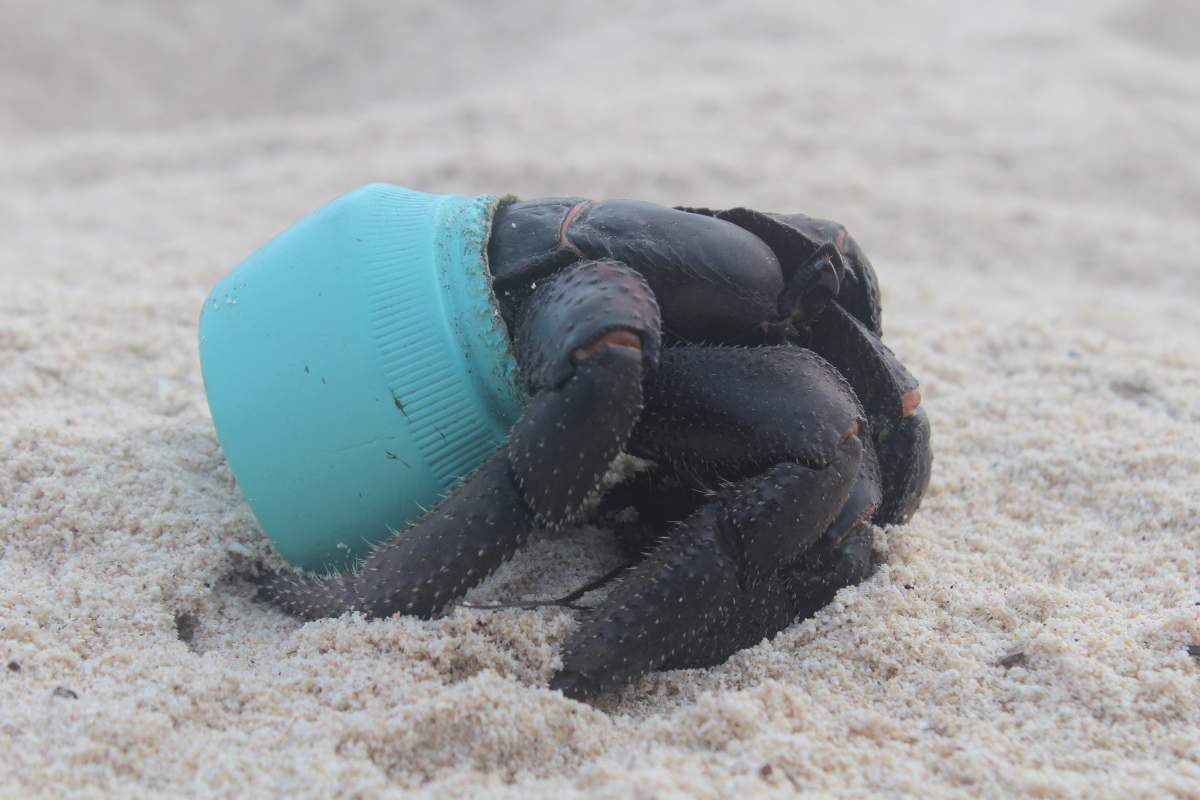Humans don’t live on Henderson Island, but it’s still covered in our garbage.

Jennifer Lavers, a Canadian research scientist working at the University of Tasmania, originally went to the island to study rats, but quickly shifted topics when she saw the beaches.
“The amount of plastic on the beaches there was absolutely mind-boggling,” she told Global News on the phone.
In a journal article published this week in the Proceedings of the National Academy of Sciences, Lavers tries to highlight the growing amount of plastic in our oceans.
She says she wants to “really show the world what’s happening in these out-of-sight, out-of-mind places.”
Before
After
Henderson Island, located in the eastern South Pacific, is only 3,700 hectares in size. That’s about 37 square kilometres, or two-and-a-half times the size of the Los Angeles airport.
But over 38 million pieces of plastic have washed up on its shores.

Get breaking National news
The island is also a UNESCO World Heritage site, and is described as one of the few atolls in the world whose ecology has been practically untouched by human presence.
But not anymore, Lavers’ research shows. In pictures she sent to Global News, human interference can be seen all over the island.
Before
After
The PNAS article notes there was between up to 670 plastic items per square metre, amounting to a total of more than 17 tonnes of plastic.
But there’s probably more, researchers say.
The island is representative of our oceans —and Lavers says people all over the world need to get more involved to clean them up.
She wants those who see the images of the island to make the debris a voter issue, and talk to their local politicians about it.
“It’s not… scientists that will start change, but the public,” she said. “What we need is more plastic-bag bans, microbead bans – these are [just] the top of the iceberg.”
“If we all do it, it scales up enormously. Individuals do matter.”












Comments